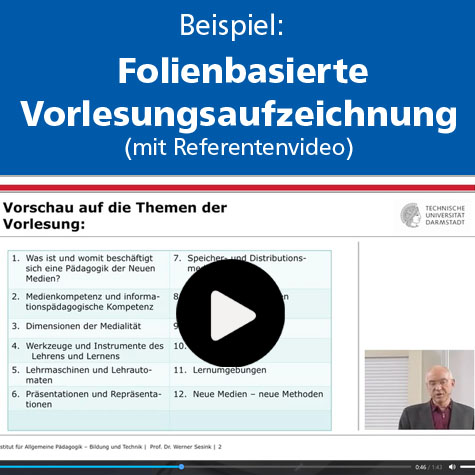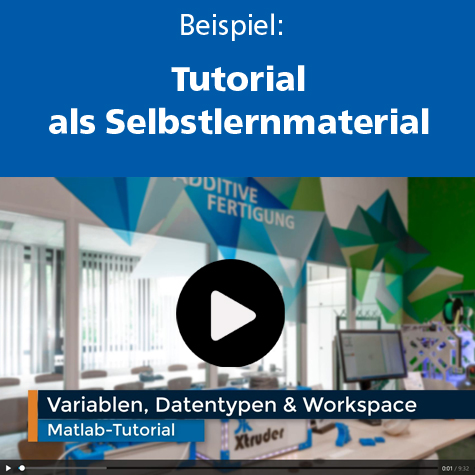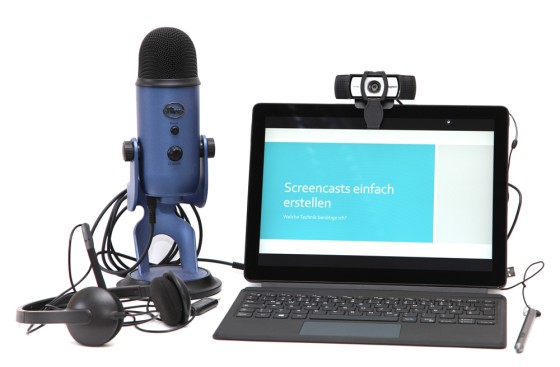- Easy recording software with few post-production capabilities
- Suitable for easy screencasts without any additional video material
- Software-product of the company “TechSmith” (also made Camtasia)
Tutorial site for Snagit
Short screencast for using Snagit (in German) (3:14 min), created by the e-learning group
If you want a Snagit license, contact the recording team at: aufzeichnungen@tu-…












